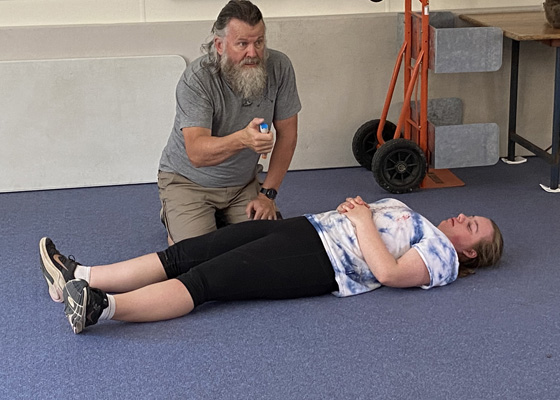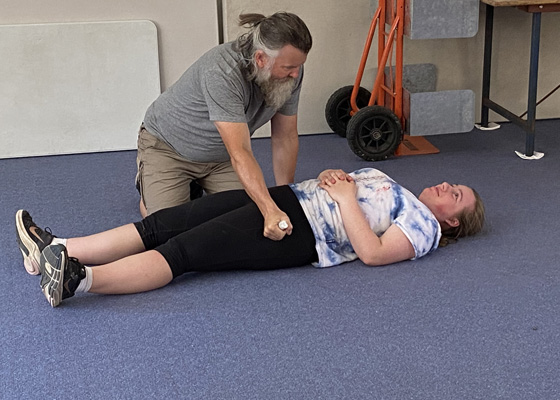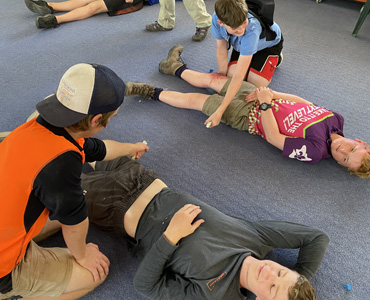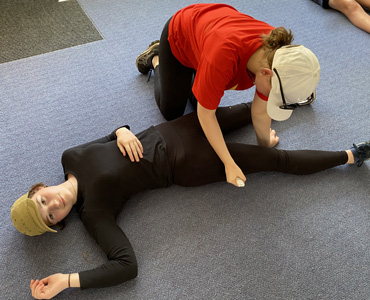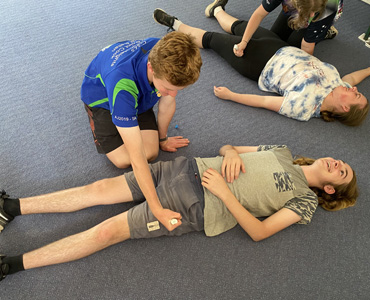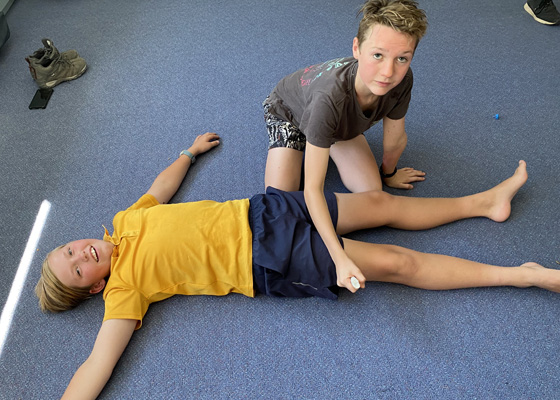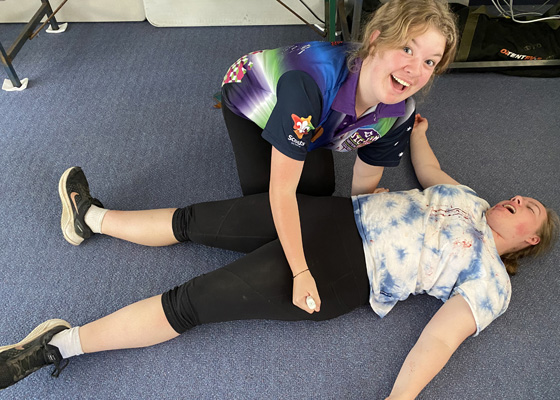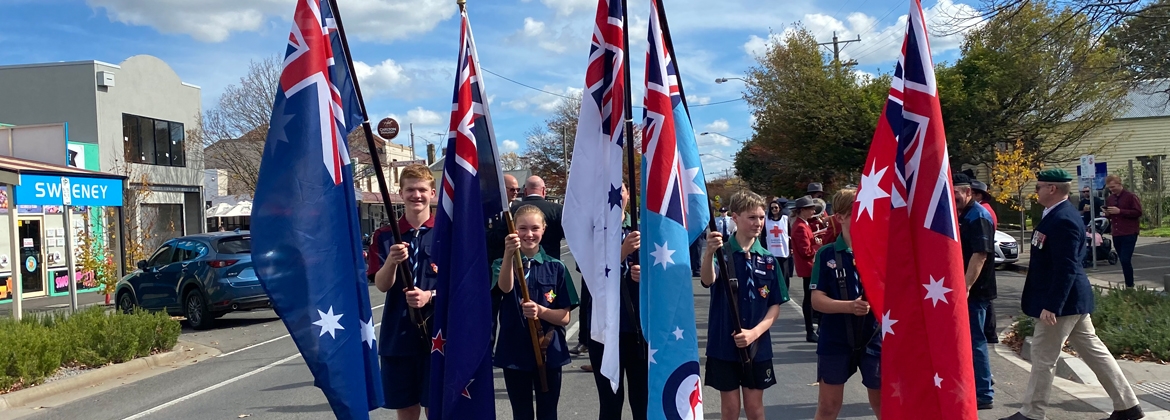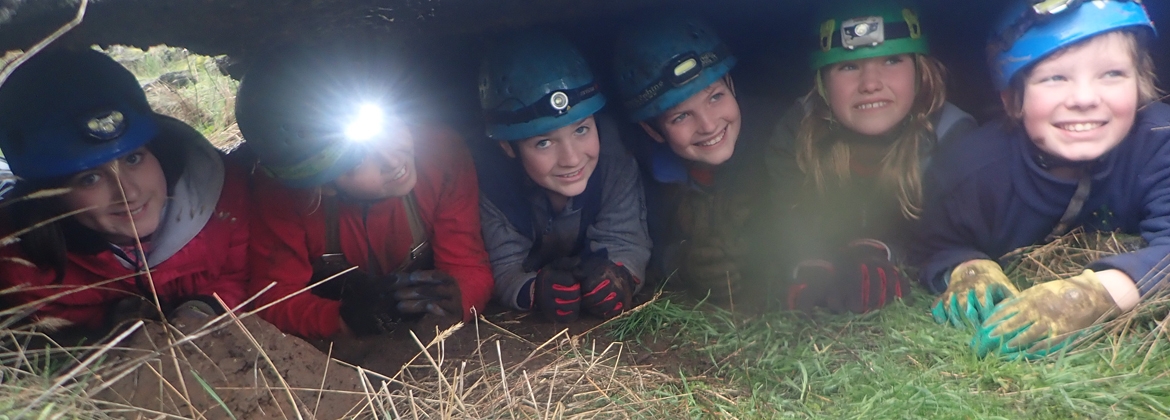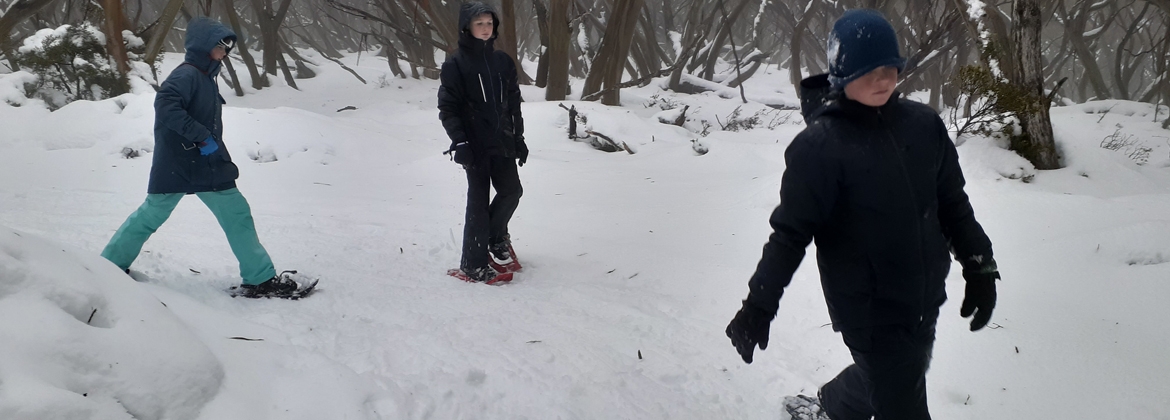As part of the new program youth are required to complete a 1st Aid Course to satisfy the requirements to achieve any Level 5 Outdoor Activity Skills Badge. Through open discussion the Venturers got together and discussed options and decided that they would like to complete a Remote Area 1st Aid Course with Wilderness 1st Aid Australia.
Understanding the cost involved, to achieve this the Venturers wrote a letter to the StepToes Op Shop in Ballan and received an amazing donation of $2,000 to help subsidise the cost of the course for all participants. With funding subsidised and date confirmed, our Venturers and older Scouts prepared themselves to participate in their 1st Aid Course. Very quickly our youth discovered that this course was not going to be easy as they were required to complete a minimum of 12 hours pre-course online learning to fully satisfy the course requirements. It was hard. However, with constant encouragement from leaders and families all participants completed their online pre-course work making the actual course a more practical, meaningful and real experiential learning opportunity.
ONLINE LEARNING
Through their online pre-course our youth learnt a variety of 1st Aid topics including Basic Life Support, CPR, Anaphylaxis, Shock, Slings, Splints, Asthma, Diabetes ... and a whole lot more. As a result of their dedication and persistence the youth very quickly discovered that they were able to answer questions, understand concepts, formulate deeper understanding of topics and get more out of the practical experience and opportunities offered.
This helped settle the participants down making it easier for them to learn together, work together and comprehend together.
PRIMARY SURVEY & CPR
Reflecting on their pre-course work our youth clearly understood the overall concept of the Primary Survey and the opening discussions helped fine tune their learning. With a clear understanding of the Primary Survey our youth began to take pulses, implement the Primary Survey and engage in CPR (Cardiopulmonary Resuscitation) training.
This was something they all thoroughly enjoyed, especially when they were working together and supporting each other.
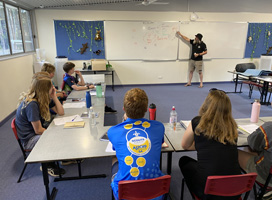


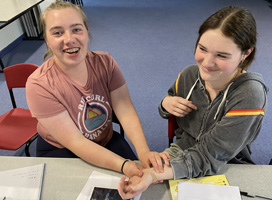
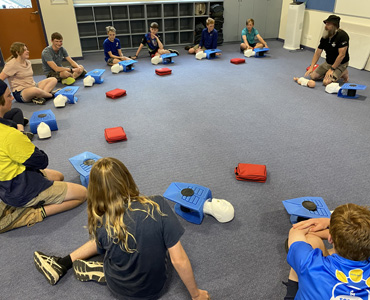
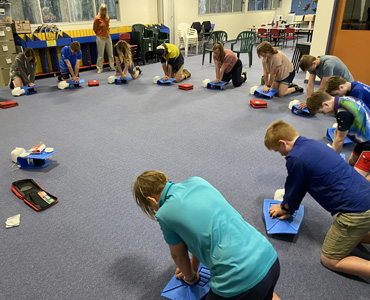

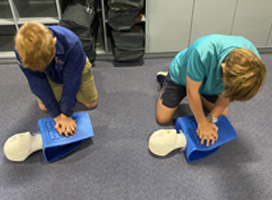
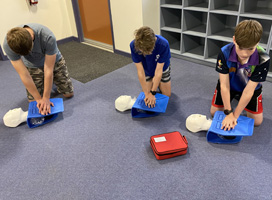

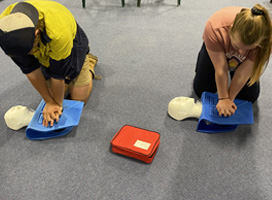
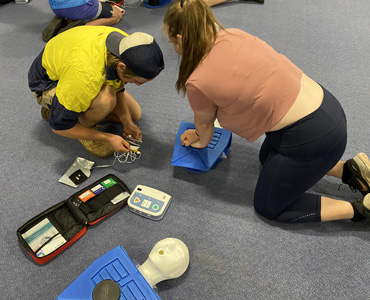

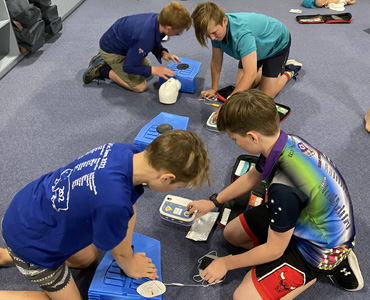
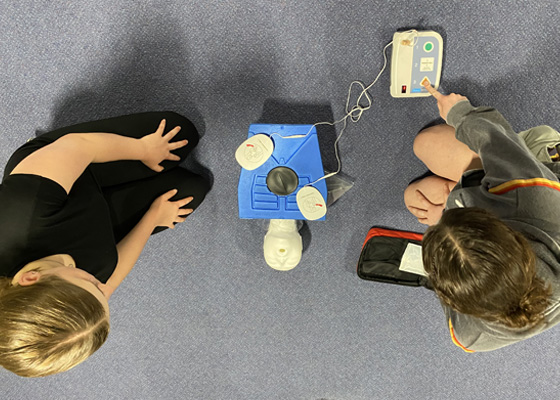
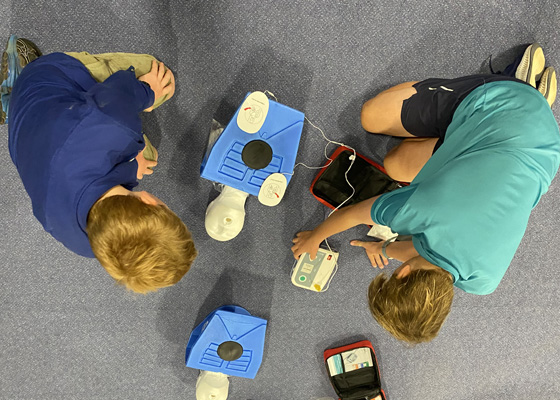

CPR COMPRESSIONS ONLY
CPR
TWO (2) PERSON CPR
CPR & DEFIB
ANKLE STRAPPING
A good skill to have when working in and exploring the outdoors is knowing how to strap an injured ankle. With a very willing participant our youth observed, questioned and learnt how to strap an ankle to support their patient in a remote outdoor environment.
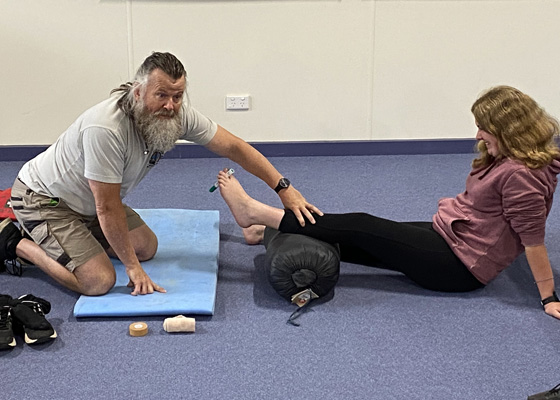

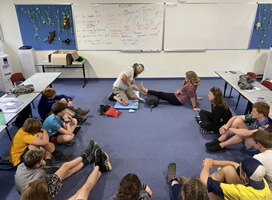

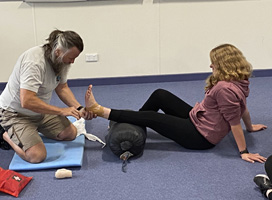
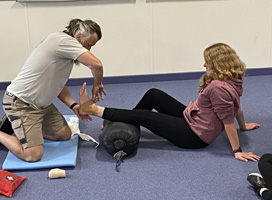
PATIENT CARE
As their knowledge began to deepen through their pre-course and practical learning it was time to look at how they can better support, care, comfort and provide for their patient. As their Remote Area Course training continued, our youth learnt how to manage a patient for a number of hours prior to the arrival of emergency services. Through this learning, they began to protect their patient by minimising their exposure & protecting them from a variety of environmental elements.
After setting up a mat and sleeping bag, our responders would explain the process to the patient - whether conscious or unconscious - before rolling the patient onto their side, moving the mat & sleeping bag close to their bodies and rolling them back to place them in the sleeping bag, thus reducing their exposure, providing comfort and protecting them from the environment.
Our youth also began to learn how to complete a Head-to-Toe check of their patient to ensure they fully understood the extent of their signs & symptoms.


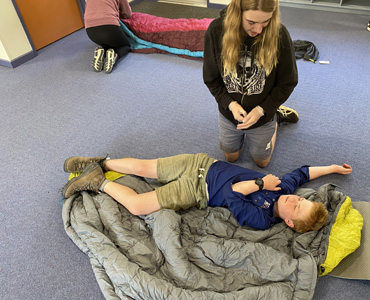
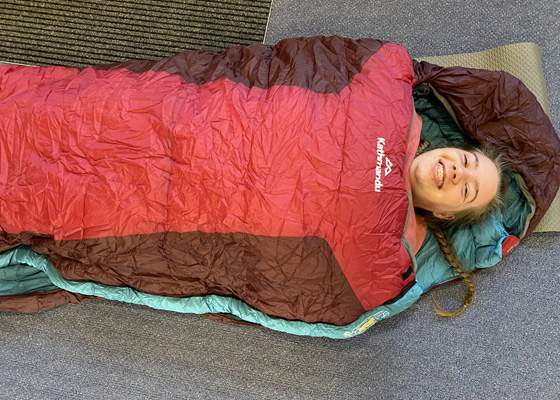
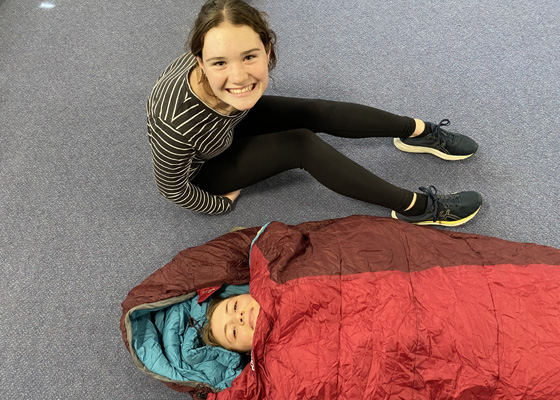
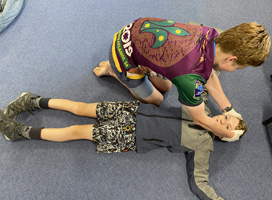
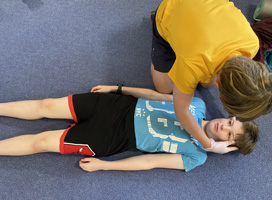

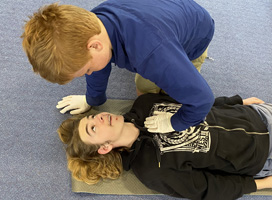
SCENARIO 1:- LUMBERJACK LOG ROLLING
Typical youth ... when in a forest environment, they'll always find somewhere or somehow to play ... and that's exactly what 6 of our youth did. They discovered a pile of cut logs and decided it would be fun to stand on top of the logs while running down the hill ...... unfortunately for them, things didn't go as planned.
Fortunately for them 6 of our youth Remote Area 1st Aid Responders just happen to be walking past not long after their mishap ...

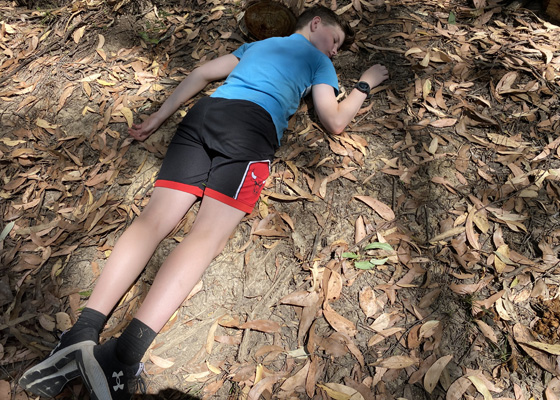



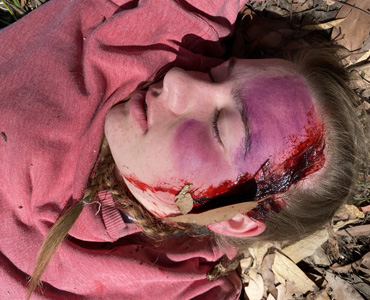

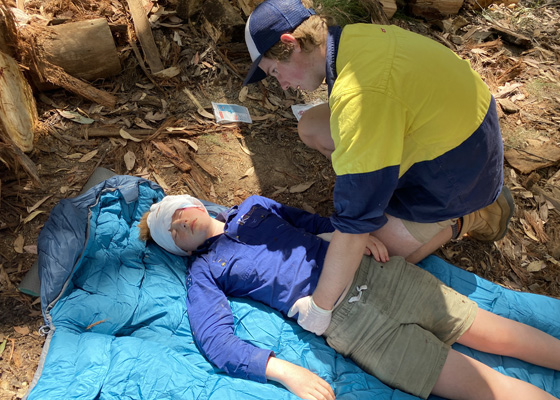

SCENARIO 2:- TREE CLIMBING
With a rare bird nesting in the Wombat State Forest our youth decided to go out and see if they could find the bird as a record for their Environmental Badge. They searched high & low, before finding a series of nests in one particular area of the forest. As a group they decided to climb a tree each to see if they could observe the bird in their nest and spot any eggs.
Not only did they successfully climb simultaneously ... they were even more successful at falling simultaneously.
Luckily for our unfortunate bird watchers, 6 of our youth Remote Area 1st Aid Responders just happen to be walking past not long after their mishap ...
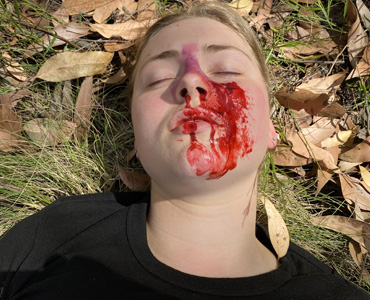
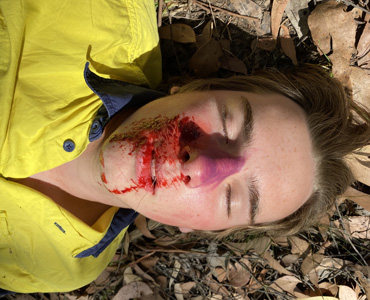
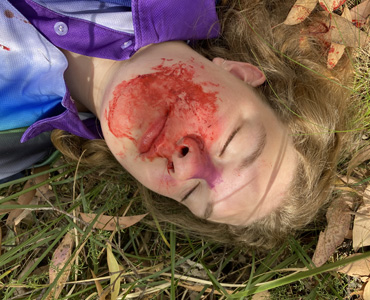
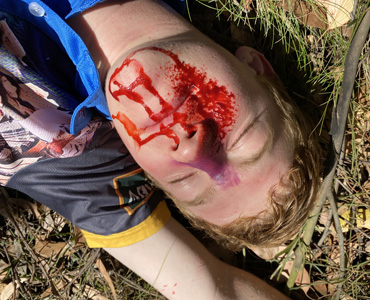
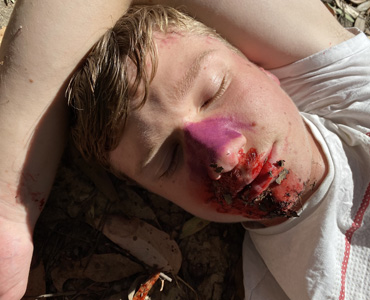
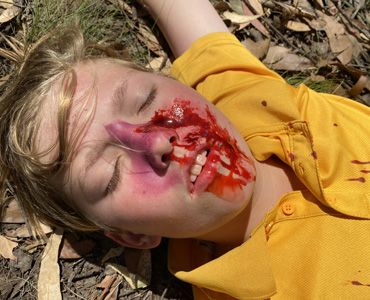

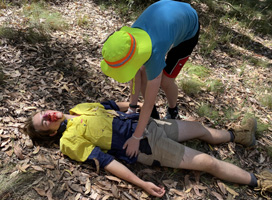
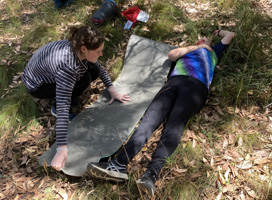
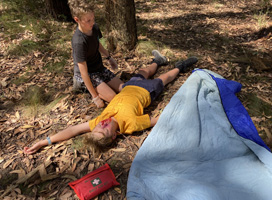
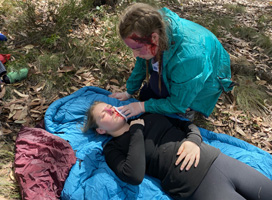
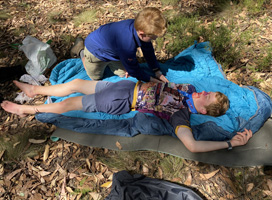
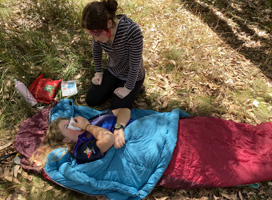
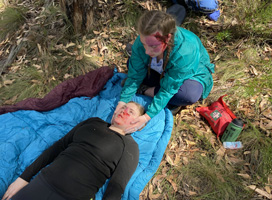
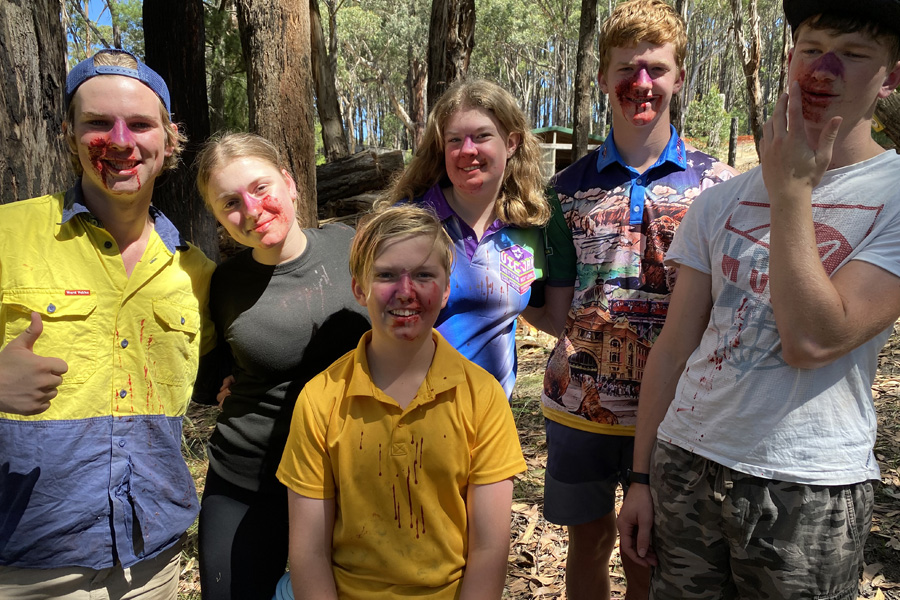
HEAD SUPPORT IN A ROLL
After each scenario and learning experience, our youth were further challenged to learn more and implement more skills within their response to each scenario. As their skills as individual Remote Area 1st Aid Responders grew, they were shown how to work in pairs to support their patient ... even how to correctly support a patients head, neck and spine if they were required to roll their patient.
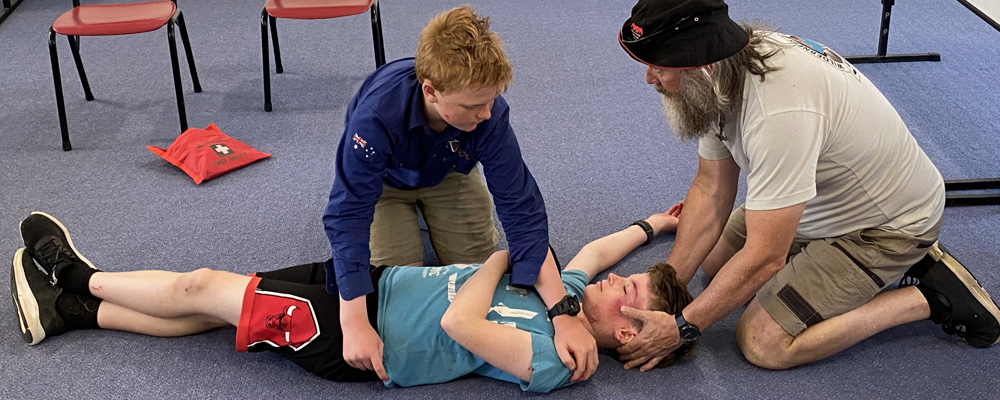
SCENARIO 3:- HIGH ROPES
Throughout their Scouting journey our youth have been exposed to a variety of adventurous activities including high ropes, abseiling & rockclimbing. So, whenever they see a high ropes course they are keen to give it a go and see if they can further develop their skills.
While attempting this on their own, things were going really well ... until things weren't going so well.
Luckily for our injured adventurers, 8 of our youth Remote Area 1st Aid Responders just happen to be walking past not long after their mishap ...
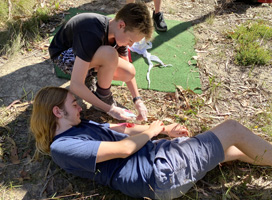


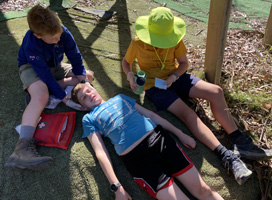
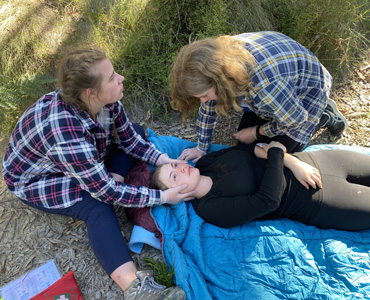
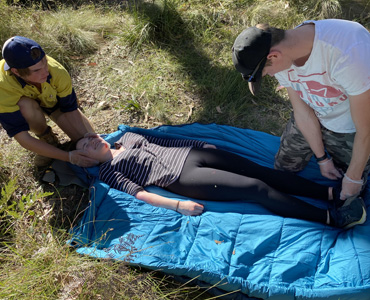
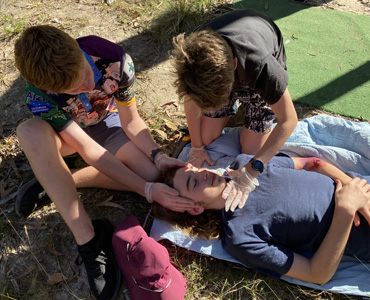

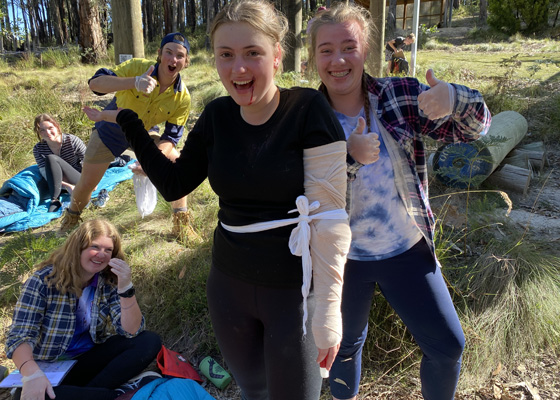
LADDER STRETCHER BUILDING
Part of Remote Area 1st Aid may include a responder physically transporting patients to a location which provides easier access for emergency services. This distance could range from a few hundred metres to a high volume of kilometres through rough, relentless, steep & deep terrain. Within a Remote Area, a responder is to be thrifty and creative with the resources they use to support and care for their patient, so when our youth were challenged to tie 12 square lashes to make a Ladder Stretcher, they were all over it.
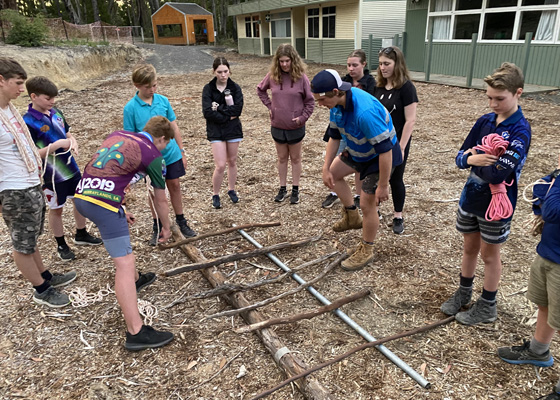
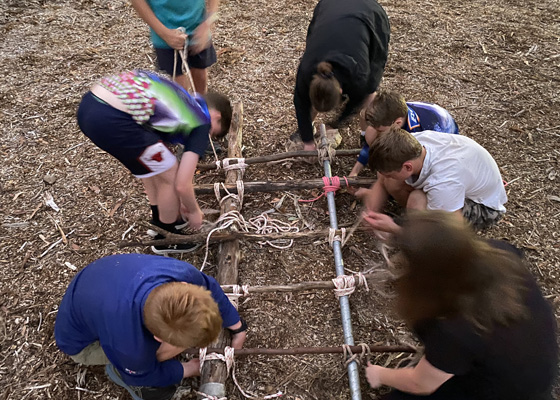
SCENARIO 4 - HORSE RIDING
In perfect weather conditions some of our youth with a variety of medical conditions decided to go horse riding through the Wombat State Forest. It all started off calm, pleasant and enjoyable before they began descending down a mountain and the horse began to canter. Focused on control and correct riding technique our youth were doing well until the horse was spooked by a very loud sound coming from a truck passing by ... resulting in them not doing so well.
Coincidentally for our injured jockeys, 8 of our youth Remote Area 1st Aid Responders just happen to be walking past not long after their mishap. These Remote Area 1st Aid Responders had been learning more about patient care through a knowledgeable understanding of the Secondary Survey and they were ready to apply their new skills ... including treatment of a real "NO DUFF" bull ant bite to a patient during the scenario!!!


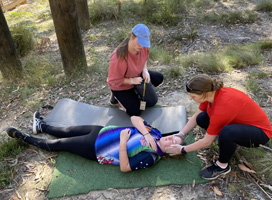
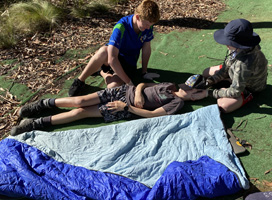

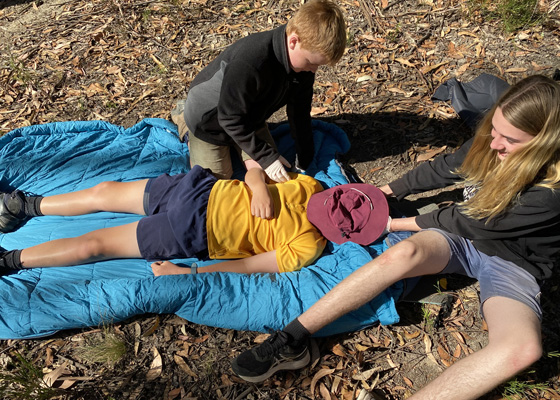
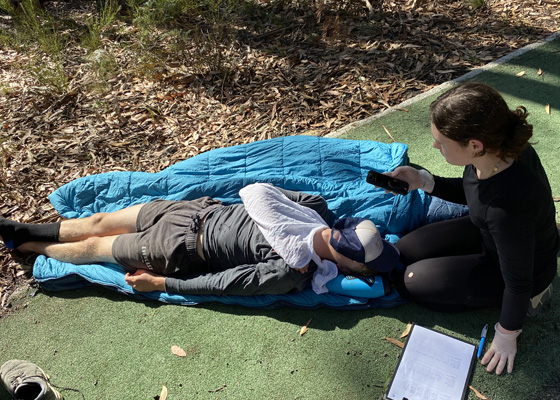


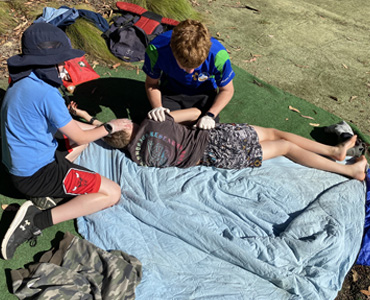

SCENARIO 5 - ROCKCLIMBING
During a period of free time, our youth were instructed not to go to the high ropes course, climbing tower, bouldering hut, yabby dam or into the archery range. However, 4 of our accident-prone youth decided not to listen to these instructions and began exploring the surrounding area. Arriving at the climbing tower they decided to climb. Again, everything was going really well for our four alpine soloists until it wasn't, and they all came tumbling back down to earth.
Luckily for our fallen climbers, 8 of our youth Remote Area 1st Aid Responders just happen to be walking past not long after their mishap ...
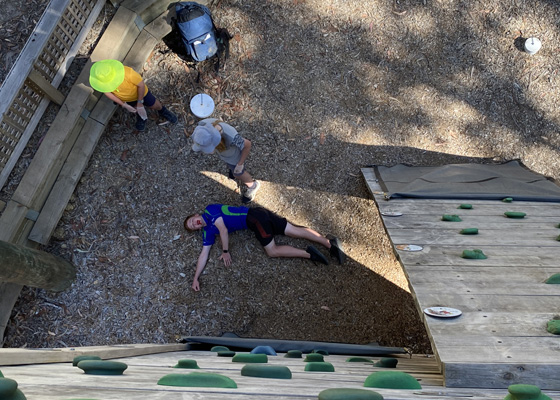
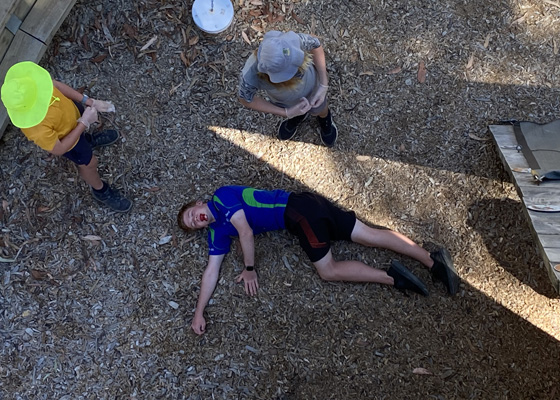
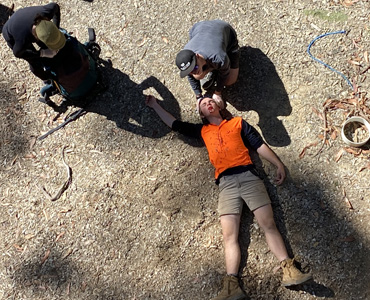
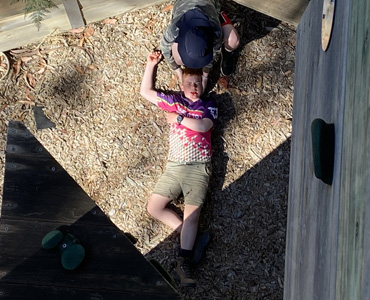
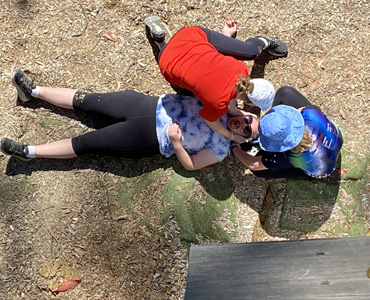

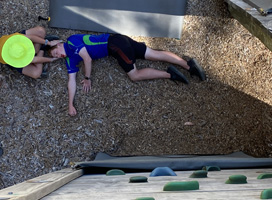
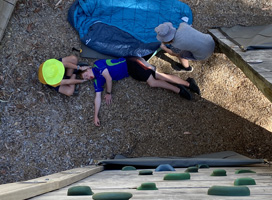

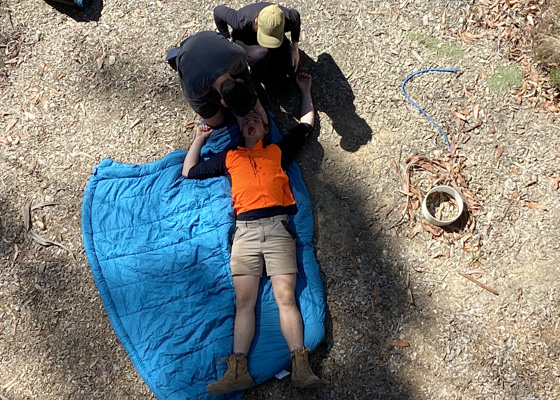
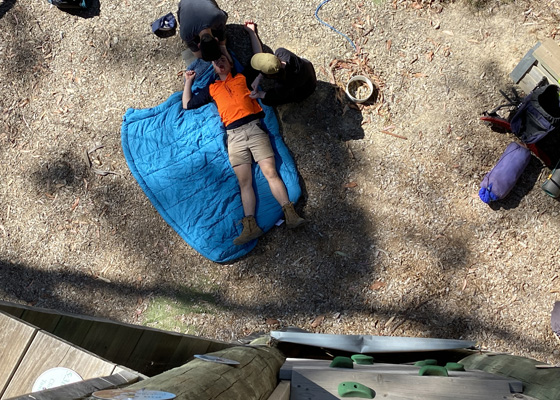

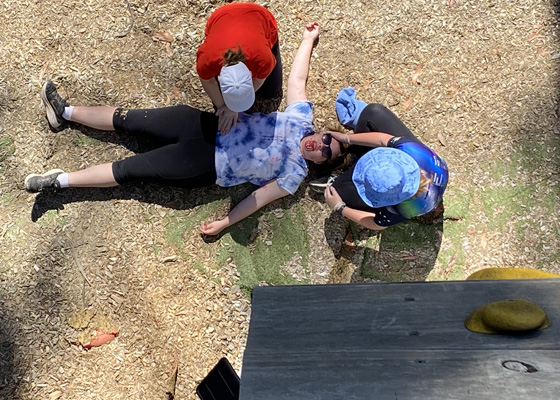
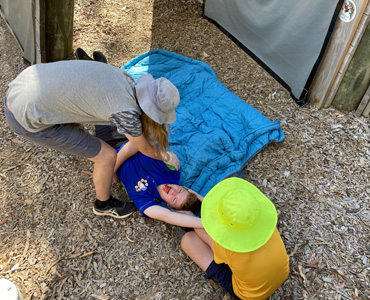
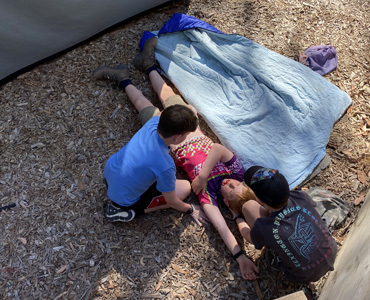
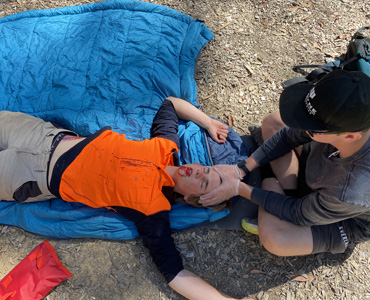
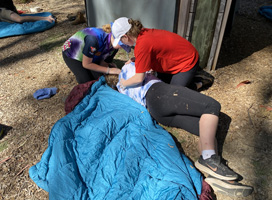

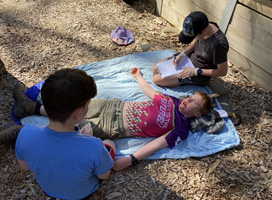


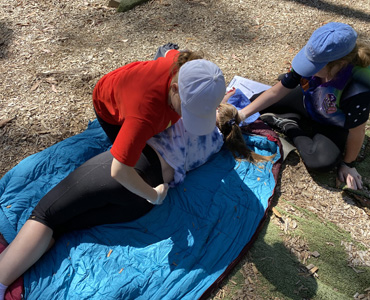


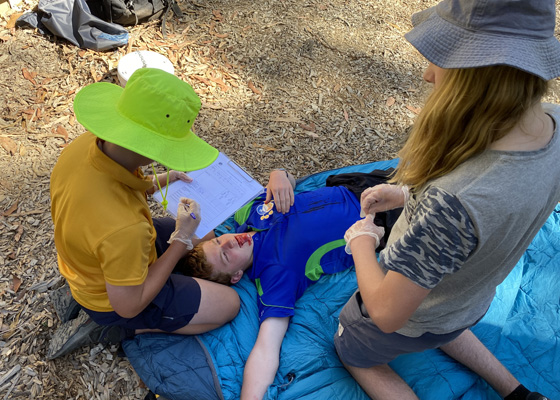
SPLINTS, BANDAGES & SLINGS
Greenstick, compound, complicated, open and spiral are all types of fractures. The best way to support fractures in a remote location is by using a splint, bandage and sling.

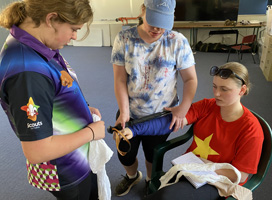
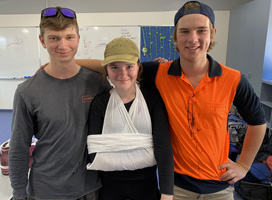
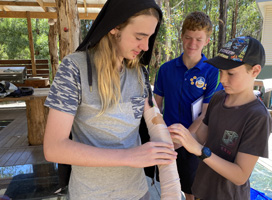
SCENARIO 6 - FLYING FOX TRIAGE
Deciding to create their own adventurous experience, 3 of our younger youth found some harnesses, helmets and a long length of rope. Arriving at the top of the climbing tower they decided to access the flying fox and fly simultaneously. Connecting onto the flying fox they noticed that the rope was extra-long, but thought it would be OK. Taking a deep breath, the 3 jumped off the tower together and felt the exhilaration of the air flowing through their hair as they sped down the flying fox. As the ground came closer, they quickly realised their mistake in using the longer rope, and with an inability to stop came crashing down on a tree stump in a heavily vegetated area.
Their decision to fly coincided with 8 of our youth Remote Area 1st Aid Responders walking past moments after the flying youth collided with the tree stump. So while the youth yelled and blamed each other for their current predicament, our Remote Area 1st Aid Responders acted professionally and did the best they could to support them ...
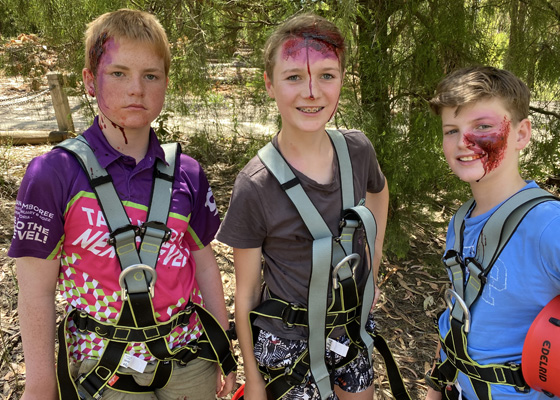

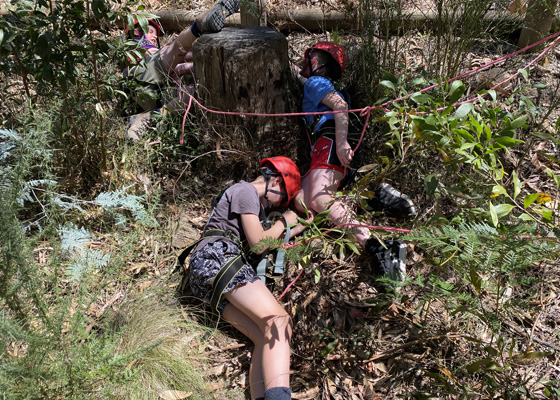

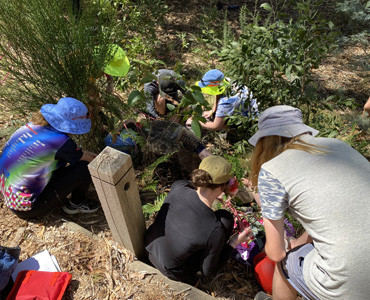

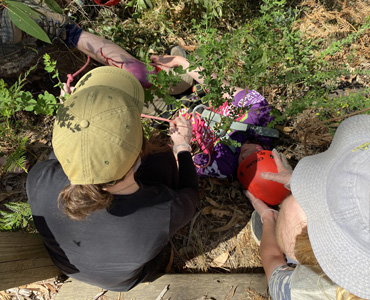
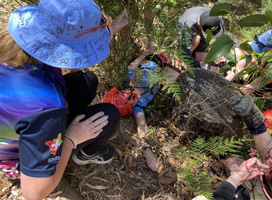

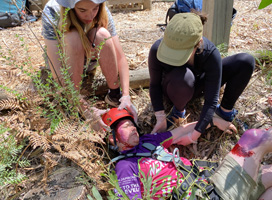
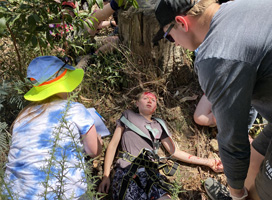
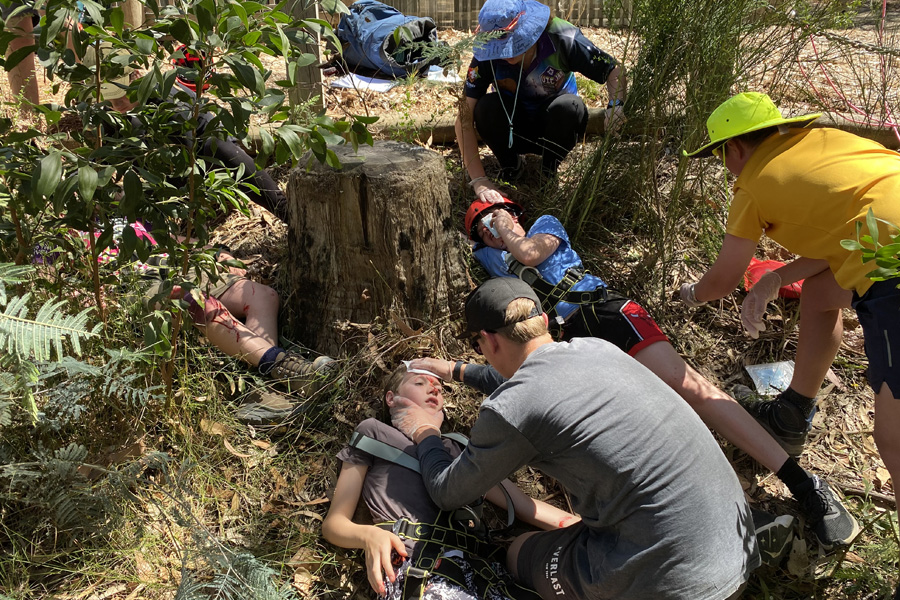
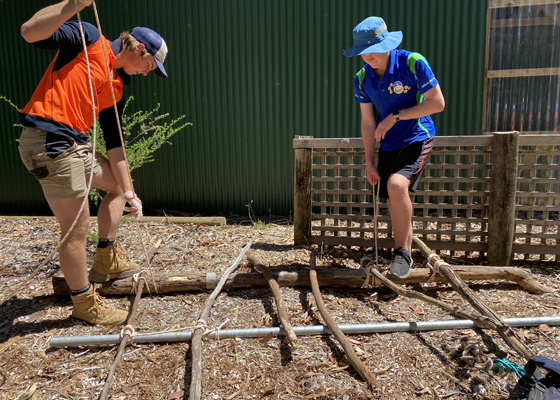
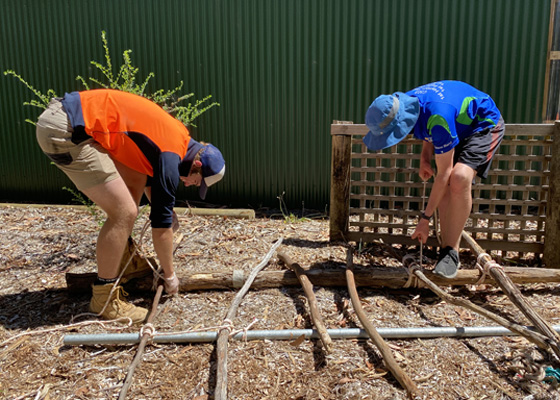

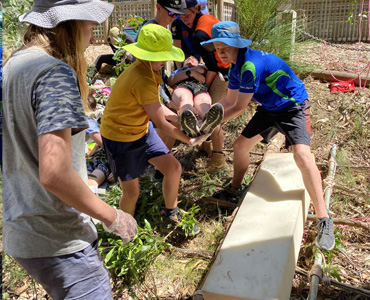
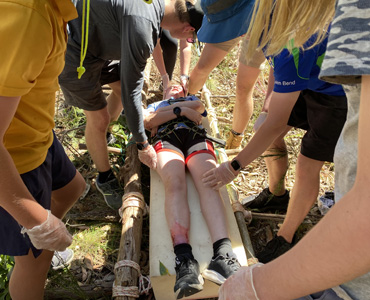


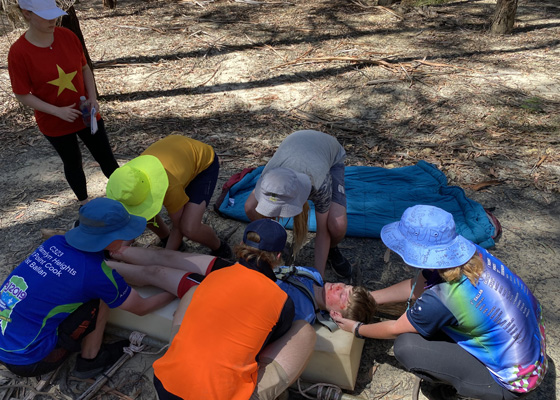

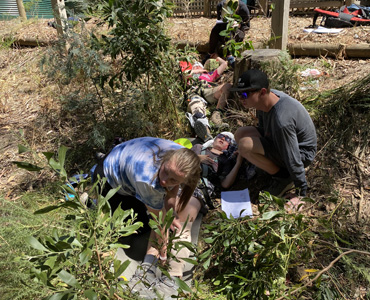

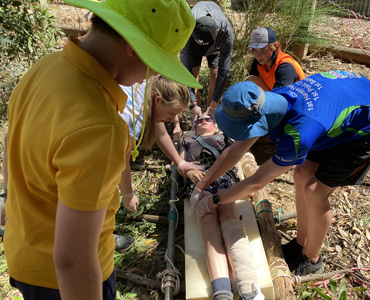
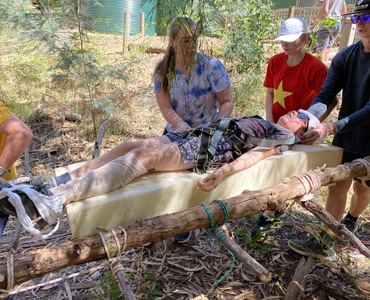




LIFT ONTO STRETCHER
STRETCHER WALK
STRETCHER TRANSFER TO MAT
REMOTE AREA TRIAGE SCENE

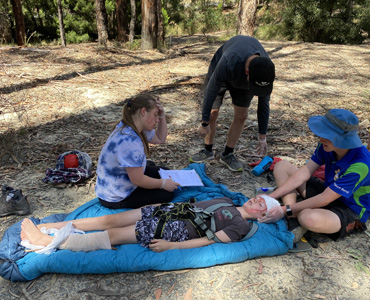

Providing an update to Ambulance Victoria via 000 before transporting a patient to the Ambulance pick up location.
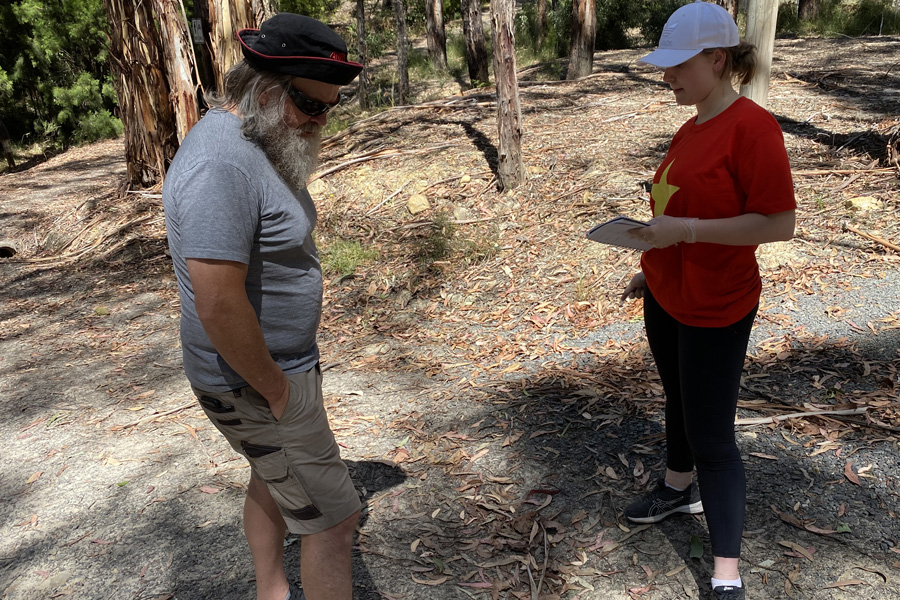

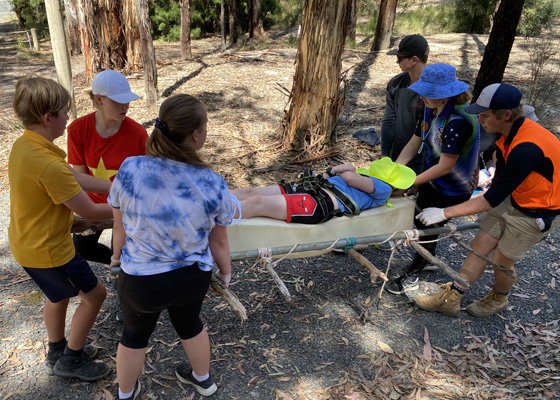
ANAPHYLAXIS - EPIPEN APPLICATION
Working together our youth finished their Remote Area 1st Course by injecting each other with an EpiPen.
